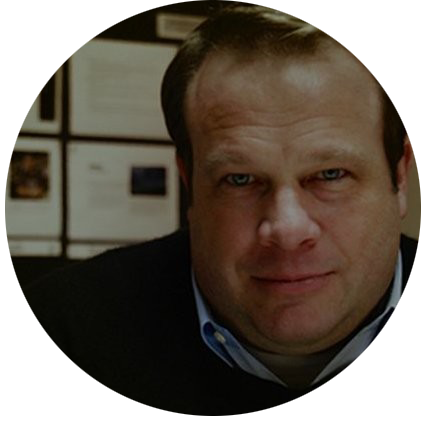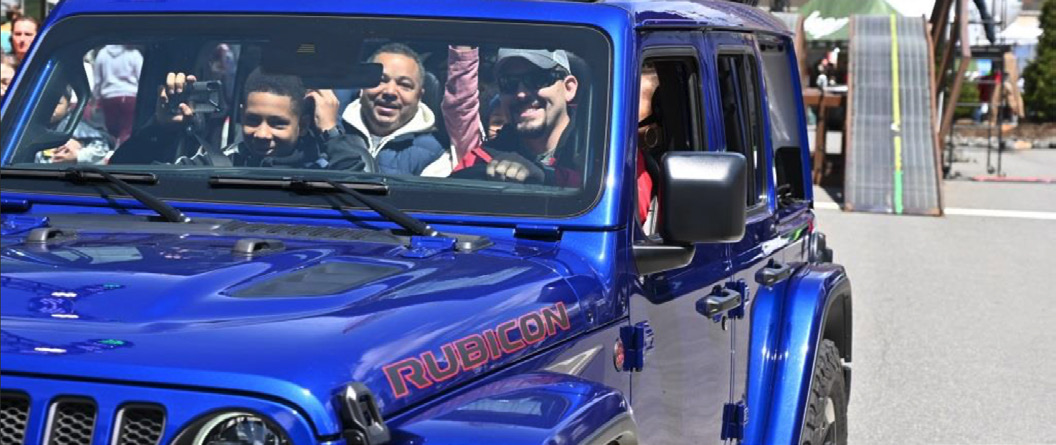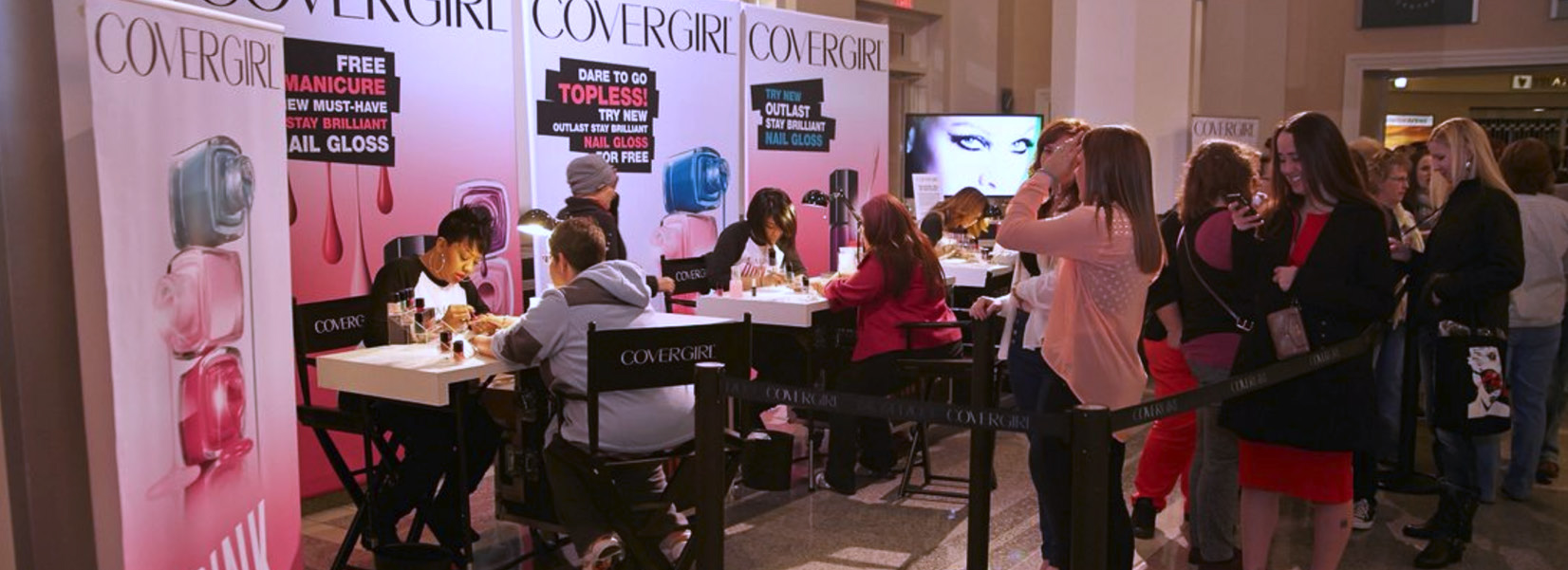

Sharon Ricketts & Doug Schultz, Strategy and Planning
Sharon is an award-winning integrated marketing strategist with emphasis in experiential, digital, brand entertainment, public relations, content and sponsorships; Doug is a senior marketing executive known for strategically-led creative thinking that successfully connects consumers with brands.
For tens of thousands of years, humans have been wired for stories, initially for survival and later to share, learn and entertain. After extensive research in neuroscience found that storytelling activates multiple parts of the brain, the technique became widely used in brand marketing. Then, immersive technologies like 360-degree video, AR and VR launched a more consumer-led experience known as story-living. Coined by Google, the term story-living was initially used to guide the design of a user’s experience within a virtual world, but the approach has exploded in the creation of live physical events1. Today’s greatest brand experiences like Dreamforce or Westworld at SXSW are created using principles of story-living such as these:
1. Multi-sensory Engagement
When creating a live brand experience, it is critical to have a dynamic and sensorial environment to attract and engage audiences. The more participants use their bodies and senses, the deeper the brand ethos and messaging resonates with the emotional decision-making part of their psyche. By touching, moving, seeing, listening or even customizing a product or suite of services, a consumer is able to live the feeling of owning or using the brand. At Camp Jeep, participants get a personal guided tour of the vehicle, according to interest, as a professional driver proves performance points by traversing steep inclines, gravel and rough terrain.
2. Personalization and Consumer Identity
Another aspect of successful story-living is to tailor content, information and live moments that connect with each of the brand’s target personas. The most-loved brands promote traits that consumers either identify or want to identify with, whether that is a specific corporate social responsibility initiative, cutting-edge technology, design or performance. Designing personalized content will reinforce the belief that the brand aligns with that consumer’s identity and tribe.
3. Impactful Narrative
Don’t forget the story part of story-living. Deliver plot twists and surprising revelations that appear throughout each participant’s adventure. Stay authentic to the “why” of the brand, encourage exploration in interesting ways and leave them wanting more opportunities to live the story.
By designing personalized journeys for target audiences through sensorial and participatory live journeys, brands are fostering deep engagement, high recall and advocacy. This is the essence of an event activation that harnesses the principles of story-living. It is delivering a physical experience that empowers consumers to explore exactly how well their needs, desires and identities are understood and how a brand can meet these expectations and enhance their lives.
We Can Help You Bring Your Story to Life


